The 6 Trickiest Food Label Lies
by Rick Kaselj, MS
Food labels have gained more prominence over the years and can be a way to remain in touch with what we eat. The history of food labels dates back to the eighteenth century where the focus of these labels was to provide information about products and prevent the commerce of adulterated and misbranded drugs, foods and drinks.
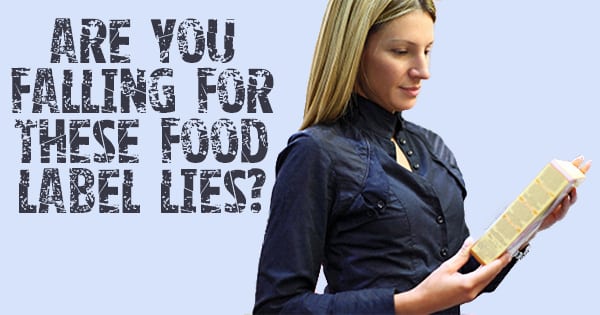
The role of food labels have since progressed to provide nutritional facts such as per serving quantities of various nutrients. Ingredients of the food and drinks are also displayed on such labels. As the push towards healthier living becomes much more than a passing phase, food and drink producers and companies are going the extra mile to try to market their products to an eager population. However, there could be elements of cleaver marketing and strategic thinking being utilized which may end up leaving the consumer with the short end of the stick.
Could there be a bit or a lot of lies in the food labels you peruse and trust? Are you falling for these food label lies? Is the act of slightly twisting the truth considered a lie?
There are interesting things that happen regarding food labeling. Actually, there is really no such thing as half a lie. With regards to food labels, something can either be true or false. If it looks like the truth, it could still be a lie. There are tricky ways through which food and drink companies try to market their products. Hence, being aware of what is out there and what marketers do to make certain parts of the product look good while extracting nutrients elsewhere could be very revealing.
It is a good idea to get informed and knowledgeable about the following food label lies.
It’s organic!
Well, it may not really be organic. The health buzz has taken over many lives and people are now more aware of what it could mean to “live healthy”. The word organic has also gained popularity with its use being attached to various aspects of life and various items including food, drinks, drugs, clothes, body care products and also ideas or ways of thinking. The notion is that if something is organic, it is typically better than the alternative. There can be some truth in this as well.
However, what is the problem regarding attaching the term organic to food labels?
The problem is that sometimes, the item being labelled is not entirely organic. However, marketers find seemingly clever ways to hide the fact that the main component of the item in a particular situation may not be organic. The consumer is fooled into thinking that the entire or major component of the food or drink item is organic.
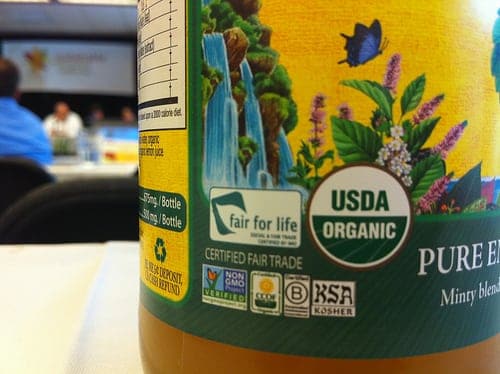
Organic foods and drinks are based on methods that provide extremely limited or no chemical fertilizers or synthetic pesticides. Food regulatory bodies may also recognize products that may have different levels of organic constituents. For example, there are products that contain 95% organic contents. If the level of organic content drops below a certain level, products need to use appropriate labels indicating the same such as a label that states that a product is “made with organic ingredients” [1]. The food or drink may be entirely organic or may only contain some organic components. There is a significant difference to note regarding what the truth actually is.
Made With Whole Grains
In the same vein that organic food label lies exist, there is also the trend towards stating that a product is made with whole grains. Unfortunately, this may not entirely be true. You can begin to see the pattern that product marketers use to either confuse people or completely trick people into thinking that a certain aspect of the product could apply to the entire product.
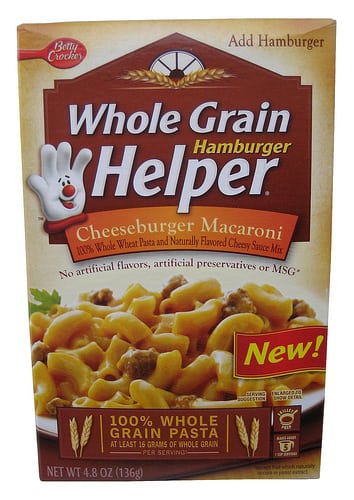
Marketers also count on the fact that people may not pay too much attention to the details of the food label, especially when choice words or other buzz labels have been strategically placed on the food label or other packaging of the product. For instance, noting that the packet of a product has the words “made with whole grains” may be sufficient for a person to place the product in their cart at the grocery store. However, beware of this food label lie.
The product may not be entirely made from whole grains and may also be loaded with other ingredients that are far from being valuable in terms of required daily nutrients. For example, a product claiming to be made with whole grains may actually contain a significant amount of a less desirable main ingredient [2]. The technique of masking ingredients becomes a major part of the food label lie.
All Natural
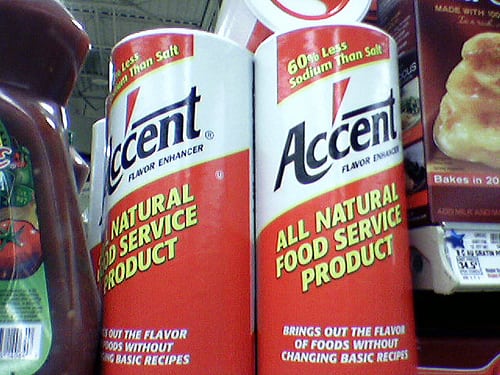
Natural can be the best way to go. Minimal processing in foods and drinks provide you with the best nutritional state the food or drink could be in. As food and drink products get processed, the nutritional benefit or value of the product is gradually stripped away, leaving you with a shell of a product that has been possibly been fortified with other ingredients like sugar, fat or sodium and these ingredients are certainly not the preferred path to take in terms of nutrition. However, sometimes, there is also no basis for the term “all natural”. Some “all natural” products have been significantly processed. Hence, look closely to deduce this lie from the label.
Cage-Free and Free-Roaming
In reality, if the birds or animals were actually cage-free, these animals may have escaped from their current location before ending up in the grocery store or food market. The use of cage-free and free-roaming labels may imply that the animals were not in cramped or close quarters with other animals. However, in many cases, these animals are not quite as free as the labels may wish you to imagine. This could lead to some misinformation or misunderstanding on the part of the consumer.
Many times, such labels work by grabbing the attention of people and tugging at the heartstrings of those who are passionate about the freedom of animals. Again, this can be a strategic marketing approach. The definition of cage-free or free-roaming could be somewhat subjective as well. Hence, do beware that this label may simply be just a label without any specific or relevant meaning. Caged access or environments for chickens may also be considered humane by regulatory guidelines [3]. The ability of the birds to have some space may be the most that could be attached to the label and the idea of “enough space” can be a subject element.
Inclusion of Genetically Modified Components
Sometimes the lies that food labels tell us are encoded in the information that may not be actually included on the food label. Yes, this can be somewhat confusing when we expect food labels to be quite forthcoming in listing out all the ingredients in the product. However, there could be some loopholes especially where regulatory bodies may not require all the information in the product to be listed.
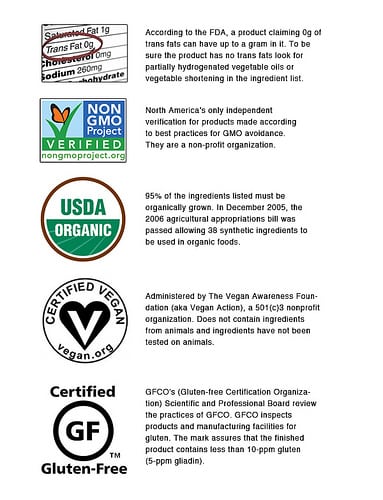
For example, genetically modified foods may not require special labelling depending on the amount of this ingredient present in the product. If the food is actually free of these genetically modified ingredients, a label indicating this fact could exist and be used [4]. However, there may be no mandate to force product producers or food processing plants to indicate if there are any genetically modified ingredients in the product.
Zero Grams of Trans Fat
Hydrogenated oils can lead to the dreaded trans fat that can wreck havoc on the body by clogging up arteries and leaving us in bad shape. The consumption of trans fat is directly connected to heart disease [5] [6]. The lie that food labels may convey is based on the levels of trans fats that can be omitted on these food levels [7].
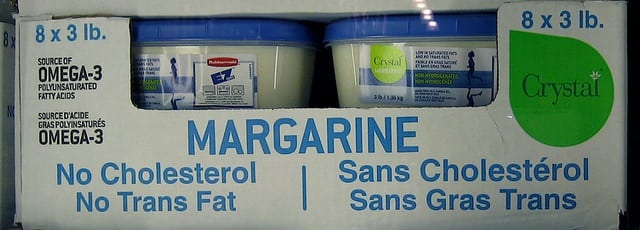
A serving of food containing about 0.5g trans fat may be ignored and not documented on a label. The problem with this is the possibility that more than a single serving of the product may be consumed, thereby increasing the consumption of trans fats to levels that are not good for your body.
There are other food label lies that exist including claims that a product is made with real fruit when this is not the case if the product is examined closely. Products may also be fortified with certain supplements, vitamins and anti-oxidants. The bold advertisements of these additions to the product may also just be covering up the harm that has already been done to the product.
To avoid these food label lies, you could avoid processed foods, prepare foods at home and focus on eating more whole foods [8]. It could also be beneficial, as much as is possible, to stick to foods that contain ingredients you can recognize and pronounce.
Part 2 Of This Article: 3 Superfood Substitutions To Stop Your Joint Pain & Inflammation

More Articles And Resources








